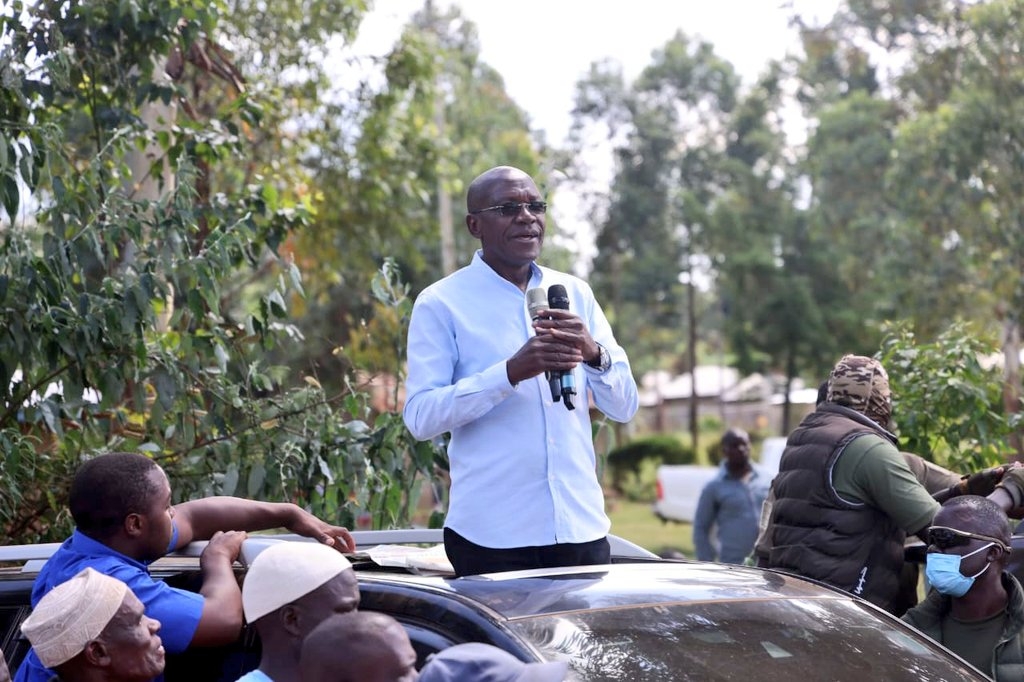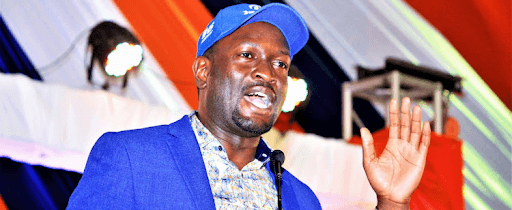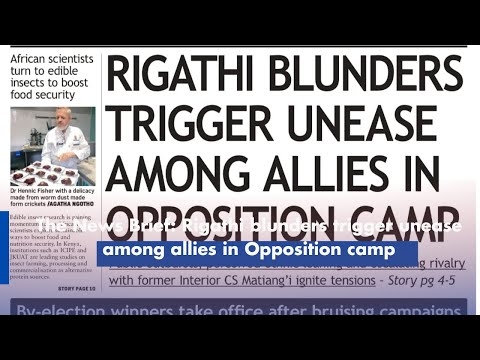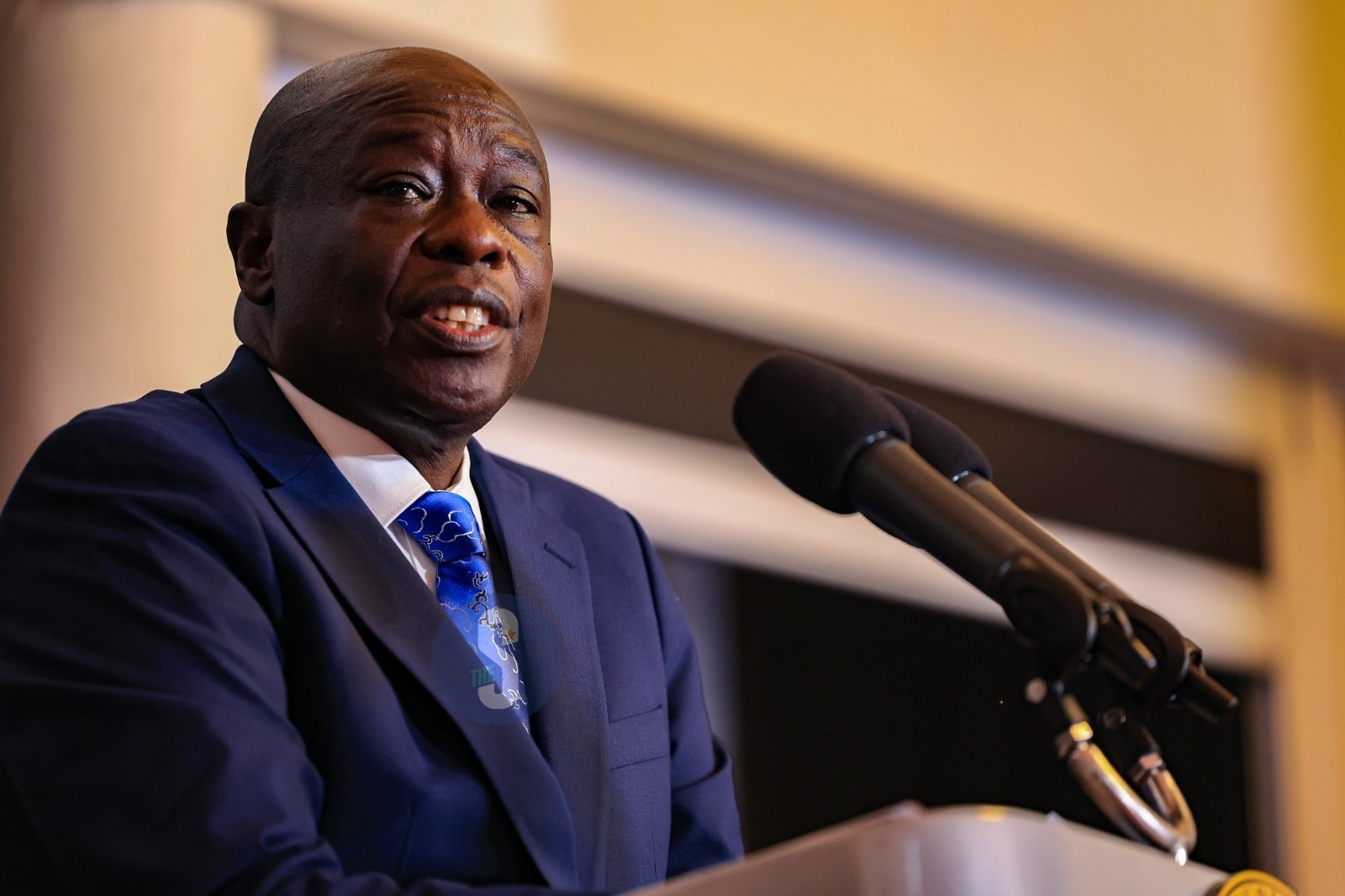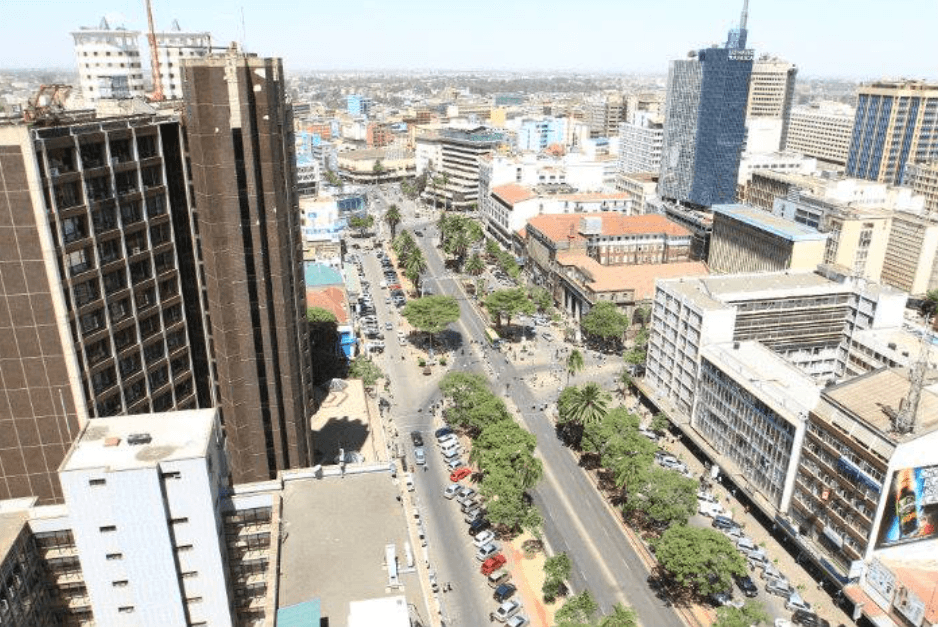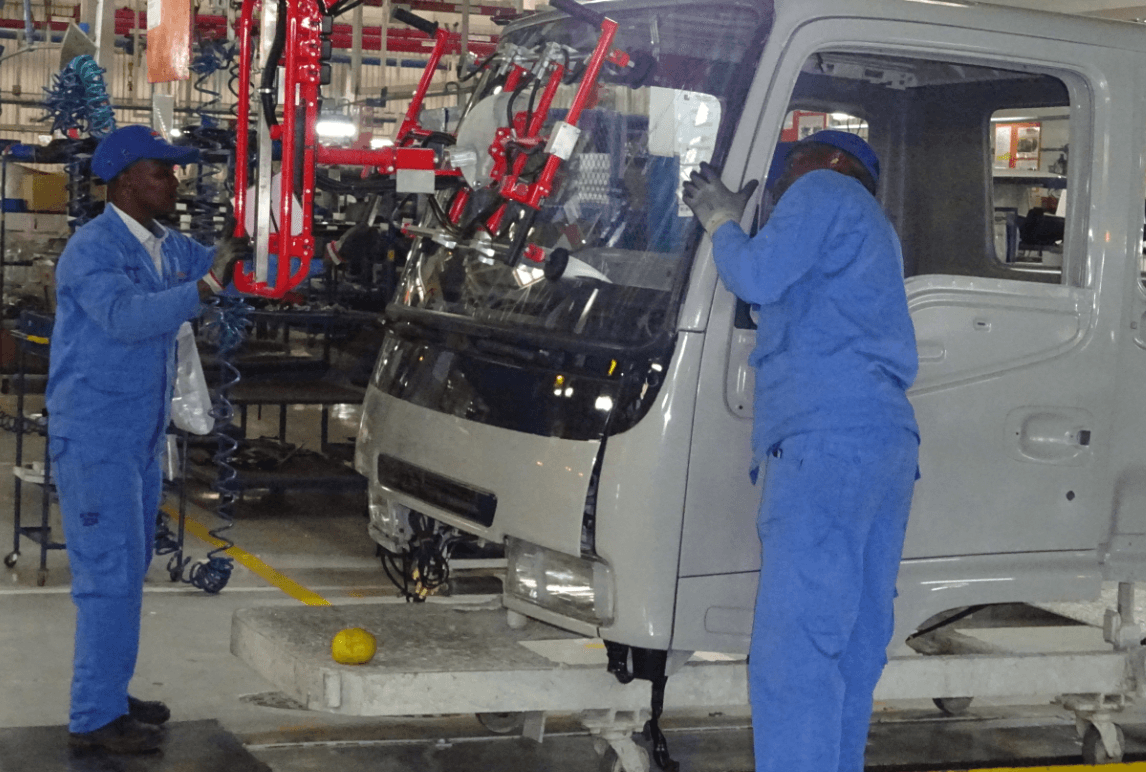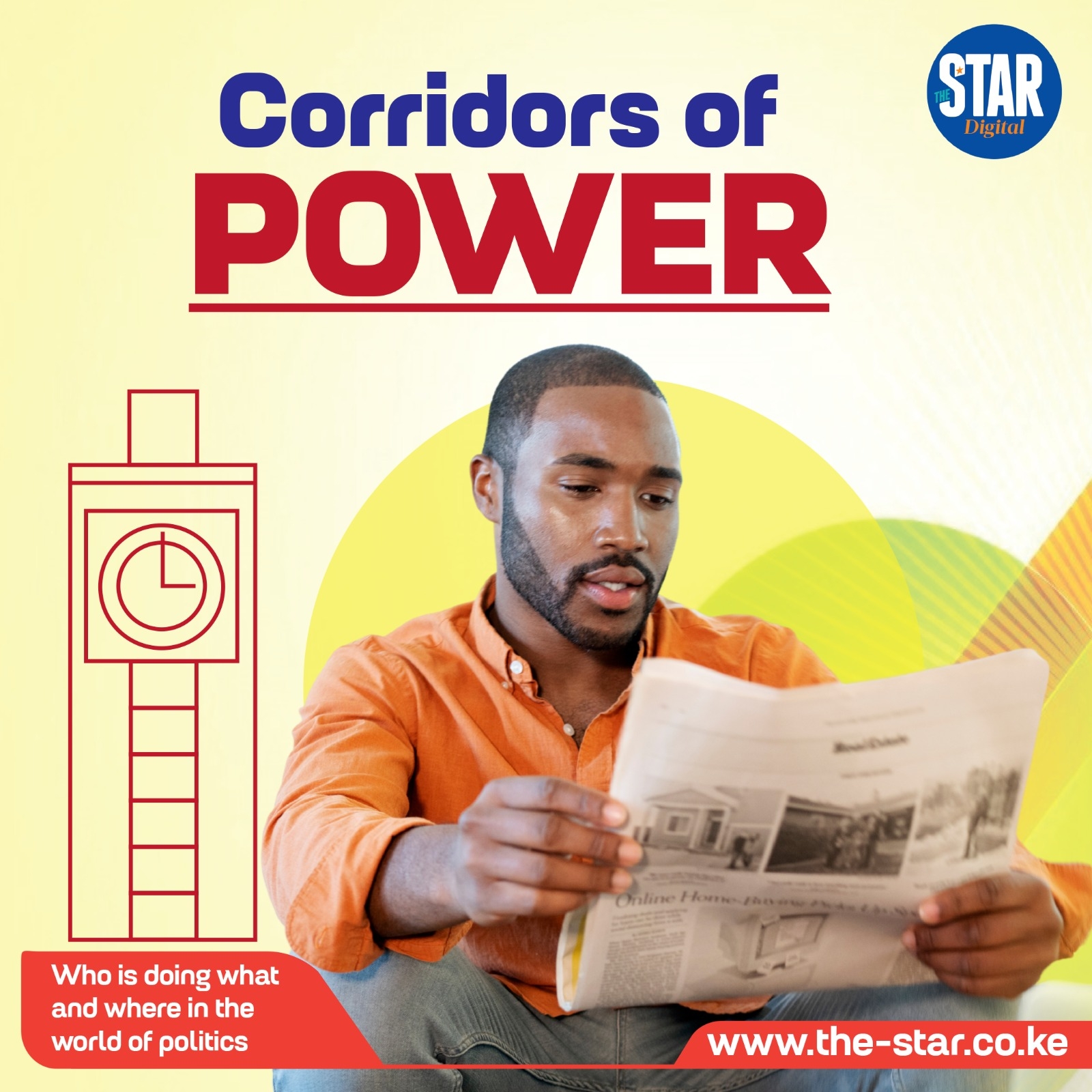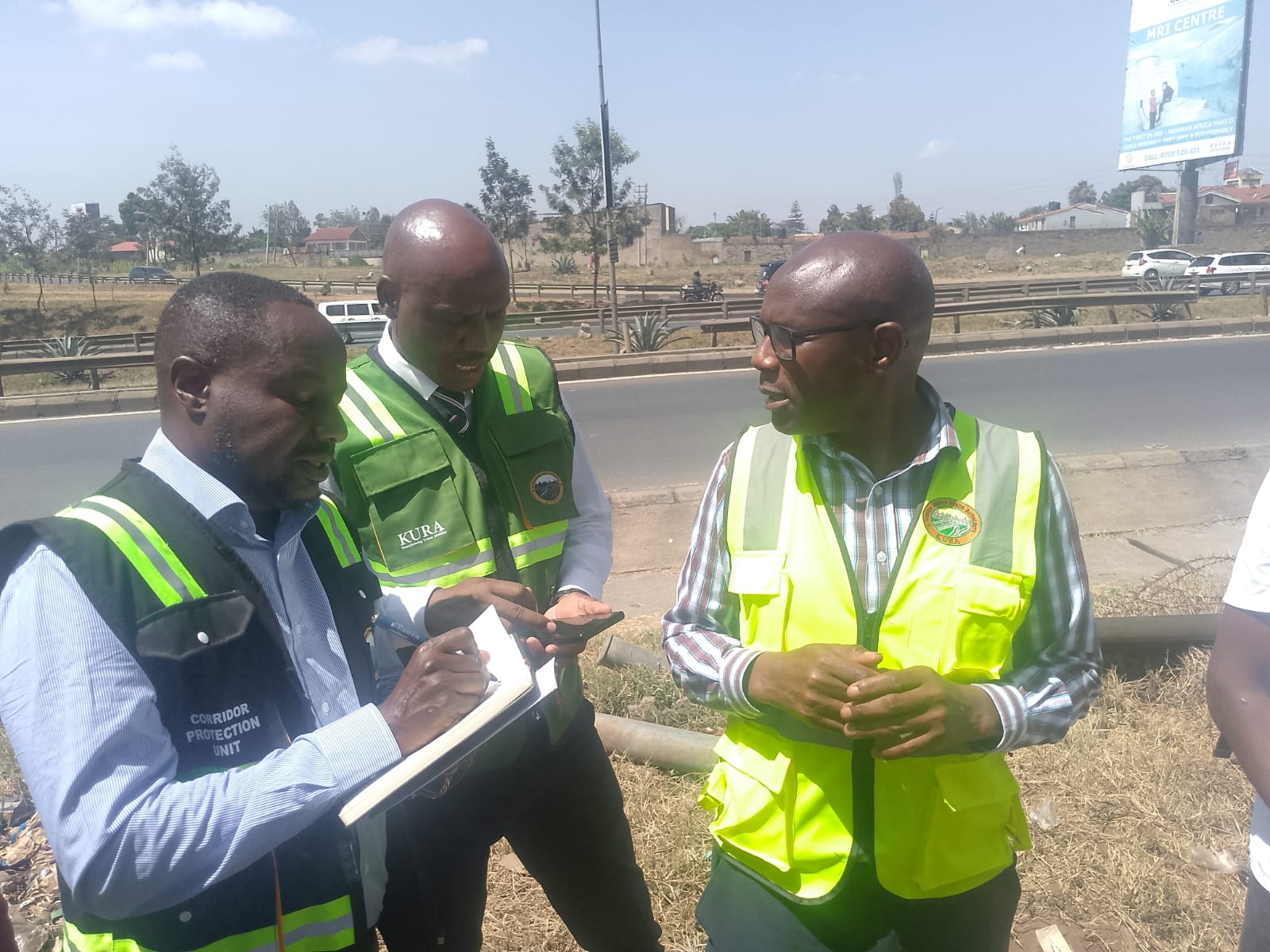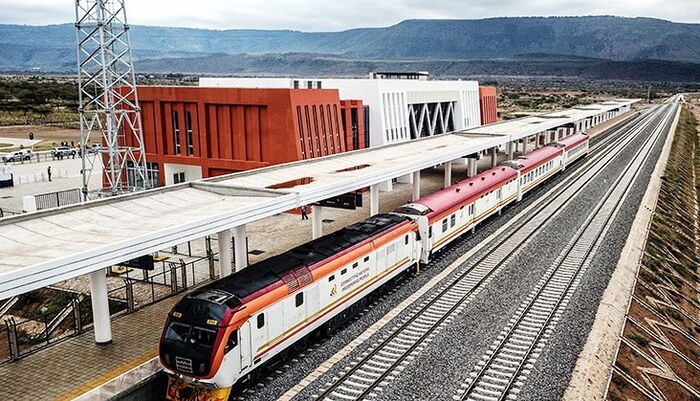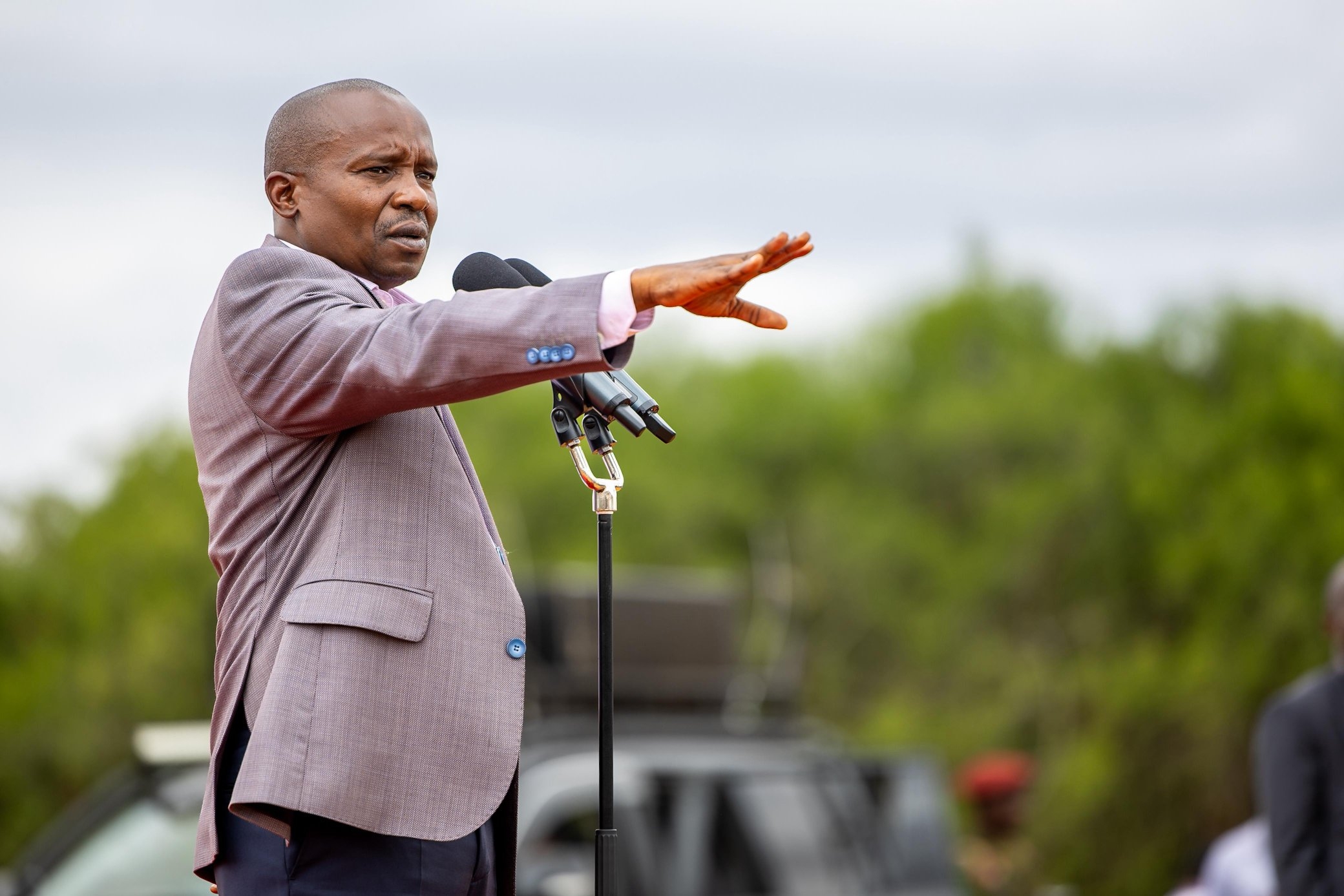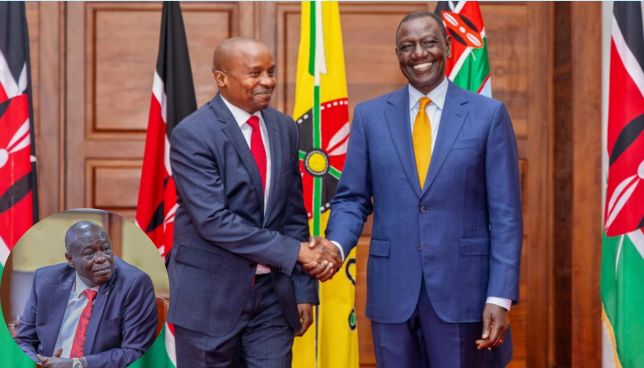
By
the time you read this, the Senate will have voted to impeach Deputy President
Rigathi Gachagua, or he will still be holding on, having survived on the floor
of the Senate or through a court process. That is if he didn’t take the
resignation option earlier in the week.
But
the strength and unity of numbers which upheld the charges against him in the
National Assembly, on Tuesday last week, made it clear that if the Senate
plenary fell into the same pattern, the DP was politically a dead man walking.
President
William Ruto, the Kenya Kwanza fraternity, and all those within and outside
government who want Gachagua gone, may get their way, but two things emerged
from the DP’s trial, both in Parliament and in the court of public opinion,
which must be squarely confronted, to restore political stability
post-Gachagua.
One,
in his defence in the National Assembly, the DP played video clips whose sole
purpose was to demonstrate that his utterances and divisive rhetoric mirrored
those of his boss, the President.
And
two, for the duration of the impeachment process, social media was awash with
lists of appointments within the civil service and top echelons of government,
which showed a disturbing trend of what looked like tribally-inclined
favouritism leaning heavily towards the President’s ethnic base. The underlying
message in all this was that “Gachagua preaches tribalism, but Ruto practices
it!” No matter what choice the President makes after this process, he cannot
ignore this.
There
is a level of responsibility that President Ruto ought to bear for the creation
of the monster political phenomenon that Gachagua turned out to be. First,
against all credible advice and counsel from those who had worked closely with
the former Mathira MP, the then DP Ruto and UDA presidential candidate
overlooked the more decent and well-grounded Prof Kithure Kindiki, for the
obnoxious and ill-mannered Gachagua. It was as if Ruto admired the rough edges
of his running mate pick.
Secondly,
and perhaps more importantly, the common-sense view is that Gachagua carried on
with his tribally divisive “shareholder” politics on the assumption that it
enjoyed the express approval of the President. It is inconceivable that the
DP’s level of bile against other Kenyan communities could have gone on that
long, without the President calling him to order.
In
fact, many of us who analyse politics on a daily basis became more and more
persuaded that Ruto had deliberately picked the worst DP on offer, so that the
rest of the country could cringe at any thought of “something” happening to the
President, which essentially meant that the whole nation, for the duration of
the regime, would remain on its knees praying for long life and the good health
of the President! It is what I would term the scarecrow philosophy on the
ballot, and it seemed to have worked, with Ruto as its key enabler.
However,
as with all dragons that one might domesticate in the belief that it would eat
the neighbours’ children and spare your own, this one turned inwards and
started eating at source too! The DP’s rhetoric may have been good in the early
life of this regime, but no president with a country to run and a legacy to
build can sustain a deputy who dangles a two-tribe governance agenda in a
country of over 44 ethnic communities.
Especially
in the highly informed era of citizens’ scrutiny and push for accountability.
In the end, Gachagua was not only a national embarrassment, but on the global
stage, represented the face of Kenya that we all collectively needed to hide.
Nearly
midway through his first term, the President now has a second chance to right
any perceived wrongs with his first choice, by appointing a more unifying
figure, and especially one who isn’t in competition with him for both
popularity and attention. My worry is that the biggest consideration in the
room where the decision will be made will still remain the level of tribal
support this choice carries, even where we have confirmed just how difficult it
is for two people with assured tribal vote blocs to operate harmoniously in the
presidency.
I
have studied the history of Kenya’s second highest office, over time. During
President Moi’s 24-year reign, he appointed a member of the Kikuyu community as
his vice president for all of his rule, except the infamous three-month period
in 2002 when Musalia Mudavadi held the position ahead of the general election.
For purposes of this argument, I will identify former VP, George Saitoti, by
his original birth name of George Kinuthia Kiarie.
However,
for the entire duration, even while holding that second highest office, the
agitation across Central Kenya against Moi only gathered pace. The two-year
experiment between Ruto and Gachagua, despite the President bending over
backwards to extend the Mt Kenya region more than its fair share of state
largesse, confirms that until the mountain region takes power, the agitation
doesn’t stop.
I
therefore submit that Ruto handing back the DP position to the region will not
change much, in terms of the support already lost. Indeed, whoever from the
mountain accepts Ruto’s offer may be seen as a traitor and become a pariah in
the region.
From
2013, the presidency has been a creation of ill-conceived pre-election tribal
bloc marriages, whose end result has been instability and competition. Ruto
needs to boldly recalibrate Kenyan politics by walking away from the norm and
tapping a calm head and unifying figure to help him run the country for the
remaining duration of his term.
The
President has to be aware that a large section of the country was already angry
with the policies and actions of his regime, even before Gachagua departs to go
and multiply those numbers. If both he and Gachagua were in the eye of the
storm, Ruto will be facing the wave alone now.
I
am not qualified to advise the President on where to look, but I believe he
should be brave enough to tap Prime CS Musalia Mudavadi for DP and give the
mountain the Prime CS slot so vacated by Mudavadi, via Interior CS Kithure
Kindiki. Mudavadi is already the most senior Cabinet member outside the
presidency, and to his credit, is perhaps the one senior political and
government figure in the country least beholden to the doctrine of tribal
politics. Mudavadi offers the President something no one else can; a level
head, loyalty and predictability, all with less of the politics and
grandstanding.
But
the array of stable talent outside the mountain is wide. Ruto can opt for
National Assembly Speaker Moses Wetang’ula or even someone who is currently
allied to Gachagua and is therefore a rank outsider in this equation—Wiper
leader Kalonzo Musyoka. The President may yet look towards the solid Luo Nyanza
zone and find he is lost for choice, from among the massive talent there, both
within politics and within his own civil service.
I
even ran into an online poll in which ODM boss Raila Odinga emerged the
favourite to become the next DP. What must not be lost in the push and pull
around Ruto’s next option is that two years of a dysfunctional, divided
government have drained the collective emotions of the whole country, and the
next pick must be consciously and intentionally made towards not just helping
achieve national stability, but helping the nation move forward.


